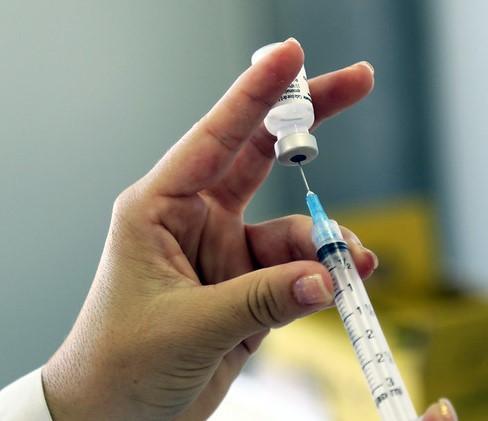
Only 16% of US adults aged 27 to 45 have received the human papillomavirus (HPV) vaccine, with men, Hispanic respondents, and people with less education at even lower levels, according to a large survey study published last week in Human Vaccines & Immunotherapeutics.
Although routine HPV vaccination was initially recommended for children aged 11 to 12 years, with catch-up vaccination through age 26, the Food and Drug Administration (FDA) expanded the age range in 2018 to adults 27 to 45 years, as well.
Women 3 times as likely to be vaccinated
For the study, Duke University researchers analyzed data from the 2019 National Health Interview Survey, a nationally representative sample of the US population. They write that this is the first study since the FDA age expansion to examine HPV vaccine uptake in a diverse sample of 27- to 45-year-olds from across the United States.
The investigators found that 84.5% of the 9,440 participants had not yet been vaccinated against HPV. Women were more than three times more likely to have gotten the vaccine than men (adjusted odds ratio, 3.58). And, compared to White respondents, Black adults were 36% more likely and Hispanics 27% less likely to receive the vaccine. Compared to those with a college degree, adults with a high school education were 38% less likely to be immunized.
The overall low uptake of the HPV vaccine in this age group raises concerns regarding cancer prevention efforts.
"The overall low uptake of the HPV vaccine in this age group raises concerns regarding cancer prevention efforts," senior author Nosayaba Osazuwa-Peters, BDS, PhD, MPH, a head and neck cancer epidemiologist at Duke, said in a press release from Taylor & Francis, which publishes the journal. "Given the importance of the HPV vaccine in cancer prevention, it is critical that these disparities are addressed and mitigated."
He adds, "For oropharyngeal cancer, about 75% of new cases are in males. As oral HPV is the primary cause of HPV-associated oropharyngeal cancer; providing the HPV vaccine to middle-aged individuals is undoubtedly an important strategy to decreasing risk."











